Angkor: The Khmer empire’s sacred center
Angkor, the monumental heart of the Khmer Empire, served as one of the most influential religious and political centers in Southeast Asia from the 9th to the 15th centuries CE. Encompassing a vast urban landscape of temples, reservoirs, and infrastructure, the Angkor region reflects a sophisticated fusion of cosmology, statecraft, and monumental architecture. The city’s symbolic geography and sacred architecture were deeply intertwined with royal authority, functioning as a material expression of divine kingship and spiritual merit.
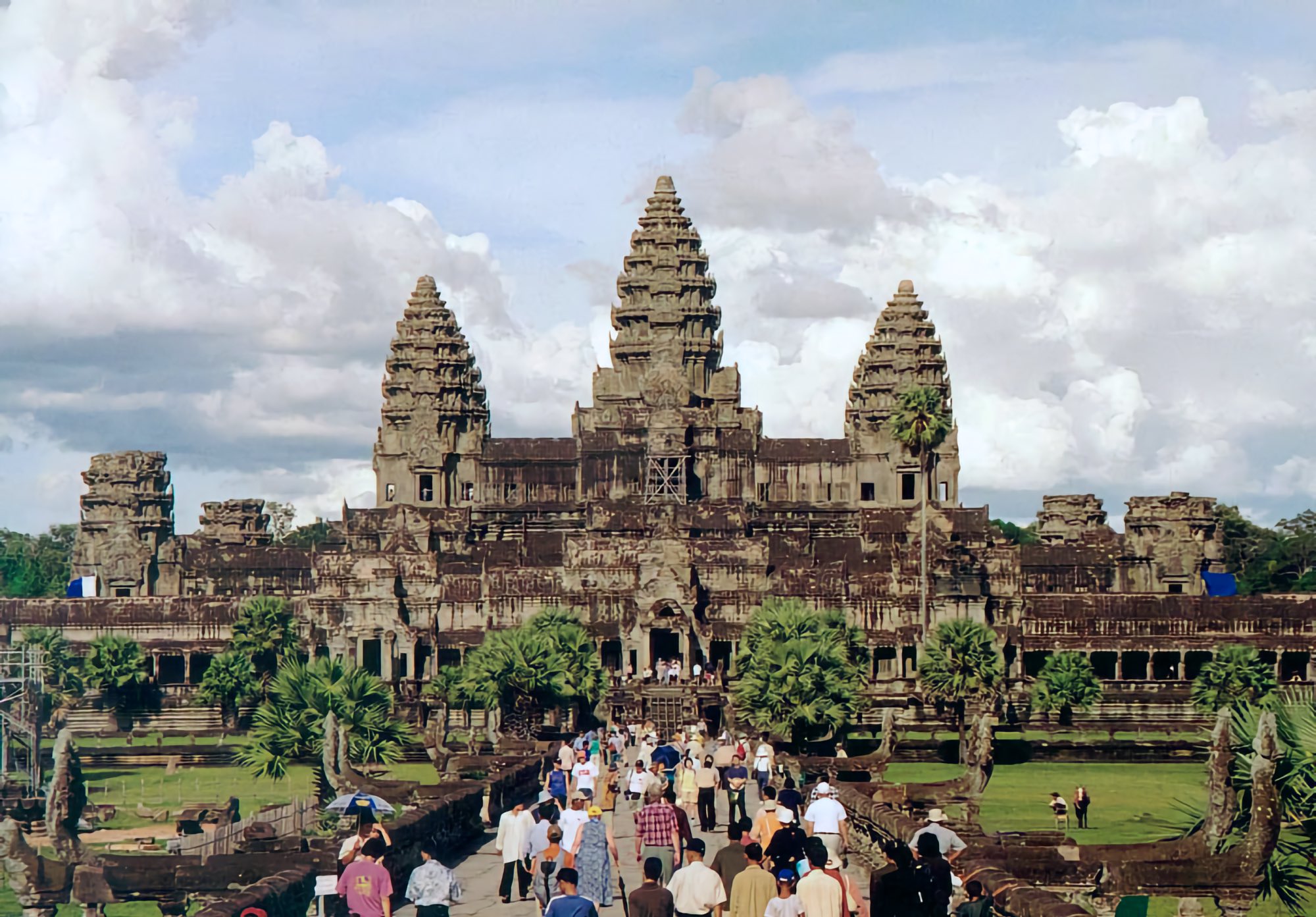
Angkor Wat complex, Cambodia. Source: Wikimedia Commonsꜛ (license: CC BY-SA 3.0) (modified)
Over its long history, the Angkor region witnessed a remarkable religious transformation. Initially rooted in Hindu state cults, particularly the Śaiva and Vaiṣṇava traditions, the capital gradually embraced Mahāyāna and later Theravāda Buddhism. This transition did not occur abruptly but unfolded through overlapping phases of coexistence, adaptation, and institutional restructuring, often driven by the ideological and devotional initiatives of individual rulers.
In this post, we explore the historical trajectory of the Angkor capital as a religious and political center. We examine Angkor Wat and Angkor Thom’s architectural and iconographic innovations, the role of Buddhist patronage in royal legitimation, and the wider transregional connections that linked the Khmer court to neighboring Buddhist cultures. Drawing on archaeological, epigraphic, and visual evidence, our aim is to contextualize Angkor as both a sacred center and a case study in the evolution of religious identity within a dynamic imperial setting.
Historical context and political framework
The history of Angkor is inextricably linked to the rise and fall of the Khmer Empire, which flourished from the 9th to the 15th centuries CE. The empire’s political framework was characterized by a centralized monarchy, territorial expansion, and a complex system of regional governance. The capital city of Angkor served as both a political hub and a religious center, reflecting the intertwining of statecraft and spiritual authority.
Foundation and dynastic development
The foundation of the Khmer Empire is traditionally attributed to Jayavarman II, who around 802 CE declared himself a universal monarch (chakravartin) and established political independence from Java. This moment, often symbolically marked by a consecration ceremony on Mount Mahendraparvata, laid the ideological and territorial groundwork for a centralized polity. Jayavarman II’s reign inaugurated the Devarāja cult, in which the king was venerated as a god-king, a political-religious ideology that would underpin Khmer royal legitimacy for centuries.

Map of the Khmer Empire (in red) in 900 CE. Source: Wikimedia Commonsꜛ (license: CC BY-SA 1.0)
Following Jayavarman II, a succession of rulers expanded and consolidated Khmer territory, extending influence across much of mainland Southeast Asia. Kings such as Yasovarman I, who founded the city of Yashodharapura (the core of Angkor), and Sūryavarman II, builder of Angkor Wat, played critical roles in the growth of the empire. Jayavarman VII (r. late 12th to early 13th century) marked a major religious and architectural transformation through the promotion of Mahāyāna Buddhism, extensive temple building, and reforms to public infrastructure and religious institutions.
Sources and historiography
The reconstruction of the Angkor region’s political and religious history relies on a diverse array of sources. Epigraphic evidence, particularly stone inscriptions in Old Khmer and Sanskrit, provides direct insight into royal deeds, religious endowments, temple construction, and state ideology. These inscriptions, found on temple doorways, columns, and steles, often commemorate donations and assert divine sanction for royal actions.

A satellite image and a map of Angkor. Source: Wikimedia Commonsꜛ (license: public domain)
Additional perspectives come from Chinese envoys and travelers, most notably Zhou Daguan, whose 13th-century account offers a rare external description of Khmer society, its urban planning, and religious customs. Temple reliefs, particularly at Angkor Wat and the Bayon within Angkor Thom, also function as historical narratives, depicting military campaigns, processions, and cosmological themes.
Despite this wealth of material, significant historiographical challenges remain. Many inscriptions are fragmentary or idealized, and royal chronicles were often retroactively compiled. Periodization is complicated by the fluidity of religious patronage and the overlapping of Hindu, Mahāyāna, and Theravāda influences. Consequently, scholars must navigate a complex interplay of archaeology, epigraphy, and art history to reconstruct Angkor’s dynamic historical evolution.
Religious landscape and state patronage
Angkor’s religious landscape was characterized by a dynamic interplay of Hindu and Buddhist traditions, reflecting the empire’s evolving cosmological and political ideologies. The region’s sacred architecture, iconography, and monastic practices were deeply intertwined with the Khmer monarchy’s aspirations for legitimacy and divine favor.
From Hindu royal cults to Mahāyāna and Theravāda Buddhism
The religious history of Angkor is marked by a remarkable degree of continuity and transformation, shaped by the theological and political aspirations of its monarchs. Early Khmer kings adopted the Devarāja cult, a form of divine kingship in which the ruler was equated with Śiva and worshipped through a royal linga housed in a central state temple. This Śaiva foundation was often interwoven with Vaiṣṇava imagery and court rituals, reflecting a dynamic and flexible religious system that linked state ideology with cosmological order.

Chau Say Tevoda, a Hindu temple in Angkor, Cambodia. Source: Wikimedia Commonsꜛ (license: CC BY-SA 2.0)
By the 10th and 11th centuries, Mahāyāna Buddhist elements began to appear more prominently in Khmer royal and religious expression. This shift culminated under Jayavarman VII (r. late 12th–early 13th century), who adopted Mahāyāna Buddhism as the state religion and presented himself as a bodhisattva-king. His reign marked a distinct turn toward Buddhist public works, including hospitals, rest houses, and temples dedicated to the Bodhisattva Avalokiteśvara, notably the Bayon and Preah Khan. Under his patronage, Buddhist iconography, inscriptions, and monastic foundations flourished, while older Hindu sanctuaries were repurposed or absorbed into the evolving religious landscape.
Bayon temple, constructed in the late 12th or early 13th century and richly decorated, related to Buddhism. Source: Wikimedia Commonsꜛ (license: CC BY-SA 2.0)
Following the decline of Jayavarman VII’s dynasty and increasing political fragmentation in the 14th century, Theravāda Buddhism gradually supplanted Mahāyāna as the dominant form of Khmer religious life. This transition was influenced by interactions with Theravāda polities in Thailand and Sri Lanka. The Theravāda tradition emphasized smaller-scale monastic communities, vernacular sermon literature, and moral discipline over the cosmologically oriented temple cults of earlier periods. Many of Angkor’s monumental sites remained active, but were adapted to reflect the more introspective and egalitarian ethos of Theravāda practice.

Carved faces on a tower at the Bayon. Source: Wikimedia Commonsꜛ (license: CC BY-SA 2.0)
Royal patronage and ideological legitimacy
Throughout its history, Angkor’s rulers used religious architecture and patronage to legitimize their authority and assert their role as protectors of cosmic and moral order. Temple construction served not only as acts of personal merit but also as public declarations of divine kingship. Temples were often aligned with cosmological principles, representing Mount Meru and its surrounding oceans, and linked to dynastic claims through dedicatory inscriptions and royal imagery.
Jayavarman VII exemplified this strategy. By presenting himself as a compassionate Bodhisattva and building a network of Buddhist institutions, he reshaped royal ideology around Mahāyāna principles. His reign produced an unprecedented wave of monumental building projects that combined Buddhist devotion with assertions of imperial control. Even subsequent rulers who reverted to Śaiva or adopted Theravāda Buddhism continued to engage in religious construction as a mode of statecraft.
Religious patronage, therefore, was not merely a reflection of personal belief but a central mechanism through which Angkorian kings articulated legitimacy, cosmological centrality, and moral leadership.
Monumental architecture and sacred urbanism
Angkor’s architectural legacy is characterized by its monumental scale, intricate design, and symbolic significance. The region’s temples and urban planning reflect a sophisticated understanding of cosmology, statecraft, and religious devotion. The interplay between architecture and the sacred landscape is evident in the design of key temple complexes, their iconography, and the spatial organization of the capital.

The main temple reflected in the northern reflection pond, Angkor Wat, Cambodia. Source: Wikimedia Commonsꜛ (license: CC BY-SA 4.0)
Key temple complexes
Angkor’s monumental architecture is among the most iconic expressions of sacred kingship and religious synthesis in Southeast Asia. The temple complexes constructed between the 9th and 13th centuries CE served both as spiritual centers and material embodiments of cosmological and political order.
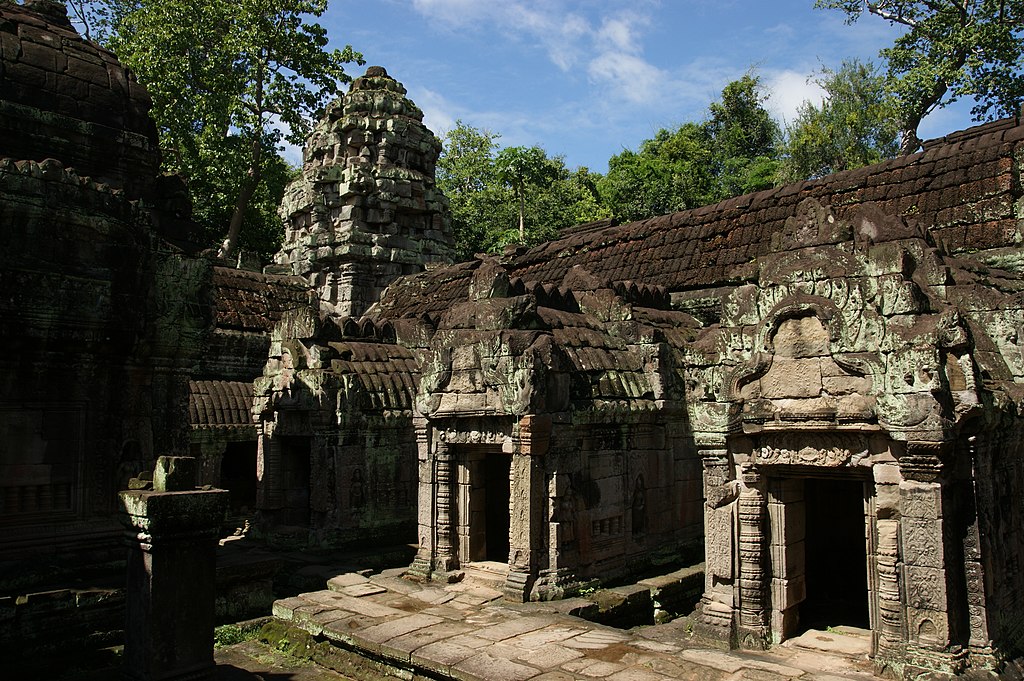
Preah Khan, a temple-monastery complex built by Jayavarman VII to honor his father, located northeast of Angkor Thom. Source: Wikimedia Commonsꜛ (license: CC BY-SA 2.0)
Angkor Wat, commissioned by King Sūryavarman II in the early 12th century, stands as the largest religious monument in the world. Originally dedicated to the god Viṣṇu, it exemplifies Vaiṣṇava cosmology, with its five central towers representing Mount Meru surrounded by oceanic moats and concentric galleries symbolizing the cosmic ocean. Its bas-reliefs depict scenes from Hindu epics such as the Rāmāyaṇa and Mahābhārata, as well as royal processions and celestial battles. From the 14th century onward, Angkor Wat was gradually reappropriated for Theravāda Buddhist worship, which continues to this day.

Banteay Srei, a Hindu temple dedicated to the goddess Śiva, in Angkor, Cambodia. Source: Wikimedia Commonsꜛ (license: CC BY-SA 3.0)
The Bayon, at the heart of Angkor Thom, represents a different vision of sacred kingship under Jayavarman VII. Conceived as a Mahāyāna Buddhist temple, its defining feature is the proliferation of enigmatic stone faces — likely representing the Bodhisattva Avalokiteśvara or the king himself — on 54 towers. The Bayon’s reliefs combine mythical scenes with vivid depictions of daily life, military campaigns, and religious rituals, offering a visual chronicle of the late Angkorian world.

Relief at the Bayon temple, Angkor Thom. Source: Wikimedia Commonsꜛ (license: CC BY-SA 3.0)
Other key sites include Ta Prohm and Preah Khan, which functioned as temple-monasteries and institutional centers. Built by Jayavarman VII and dedicated to his mother and father respectively, these complexes reflect the integration of devotional practice, scholastic life, and public service. Their spatial arrangements were designed to facilitate monastic routines, scriptural storage, healing functions, and ritual processions. Many of these sites were intentionally left partially unrestored, emphasizing the aesthetic of sacred ruination entwined with jungle overgrowth.

Phimeanakas (or Vimeanakas), a Hindu temple in Angkor Thom. Source: Wikimedia Commonsꜛ (license: CC BY-SA 2.0)
Sacred geography and urban planning
Angkor’s sacred urbanism was meticulously planned to reflect both religious cosmology and administrative order. The layout of Angkor Thom, the capital city established by Jayavarman VII, follows a mandala-like structure with the Bayon at its center. This spatial configuration replicated the universe according to Indic cosmological models, with cardinal orientation, concentric enclosures, and radiating processional routes.

South Gate of Angkor Thom, a monumental entrance to the city. Source: Wikimedia Commonsꜛ (license: CC BY-SA 4.0)
Temple placement was carefully choreographed in relation to celestial alignments and natural features. Axis planning ensured that sunrise and solstice phenomena aligned with principal shrines, reinforcing the divine status of the king and the centrality of the capital. Water management systems, including barays (artificial reservoirs) and canals, were integral not only to agriculture but to ritual practice and symbolic meaning. The West Baray, for example, may have functioned as a cosmic ocean surrounding Mount Meru, further embedding cosmology into infrastructure.


The general layout of Angkor Wat with its central structure in the middle. Source: Wikimedia Commonsꜛ (license: CC BY-SA 3.0)
An aerial view of Angkor Wat. Source: Wikimedia Commonsꜛ (license: CC BY-SA 3.0)
Together, Angkor’s architectural forms and spatial order constituted a sacred landscape where political authority, religious devotion, and natural forces converged. This fusion of form and meaning makes Angkor a distinctive exemplar of Buddhist and Hindu urban imagination in premodern Asia.
Iconography, texts, and monastic practice
Angkor’s religious life was not only expressed through monumental architecture but also through a rich tapestry of iconography, inscriptions, and monastic practices. The interplay of these elements reveals the complexities of Khmer religious identity and the ways in which Buddhism and Hinduism coexisted and influenced one another.

Library. Source: Wikimedia Commonsꜛ (license: CC BY-SA 4.0)
Buddhist imagery and inscriptions
Angkor’s iconography offers a vivid window into the spiritual and political life of the Khmer Empire. During the reign of Jayavarman VII, Mahāyāna Buddhist imagery reached new prominence, with the Bodhisattva Avalokiteśvara becoming central to royal devotion. Avalokiteśvara was not only revered as a universal savior but was also closely identified with the king himself. This conflation of the ruler with the Bodhisattva served to express royal compassion and legitimize state-sponsored religious reforms.

Buddhist statue, known as Lokesvara. Photo taken in 1942. Source: Wikimedia Commonsꜛ (license: CC BY-SA 4.0)
Images of Avalokiteśvara, often accompanied by smaller figures of donors and guardians, appear prominently at temples like the Bayon, Ta Prohm, and Preah Khan. These depictions present the Bodhisattva in serene, frontal poses, often with multiple arms or elaborate crowns, reflecting both Indian iconographic influence and localized stylistic interpretations. Other Mahāyāna deities, including Prajñāpāramitā and various Tārās, also featured in the temple reliefs and statuary, underscoring the breadth of Khmer devotional practice.
Inscriptions carved on temple walls and door jambs complement these visual programs. They frequently reference acts of merit, royal and elite donations, temple endowments, and the duties of monastic communities. Many include lists of offerings, land grants, and ritual instructions, shedding light on the intertwined roles of kingship, ritual practice, and religious administration. These epigraphic records demonstrate the complex institutional life of Angkor’s religious centers and their integration into broader networks of social, economic, and ideological power.
Monastic networks and scholarly activity
Jayavarman VII’s expansive patronage of Buddhist institutions included the establishment of numerous monasteries and learning centers, transforming the religious landscape of Angkor into a monastic system rooted in Mahāyāna ideals. These monasteries were not only places of worship and meditation but also served as centers for textual transmission, moral instruction, and public service. Inscriptions suggest that monks engaged in copying scriptures, teaching, and administering social welfare — activities that tied them closely to the needs of both the state and the lay population.
Despite the decline of Mahāyāna Buddhism in the 14th century, many of these monastic sites continued to be occupied and gradually adapted to the practices of Theravāda Buddhism. The shift did not result in wholesale abandonment but rather a transformation in emphasis: grand cosmological temples gave way to smaller, community-focused monasteries; Pāli texts supplanted Sanskrit sutras; and emphasis shifted from royal embodiment of enlightenment to lay-centered ethical cultivation.
This continuity-through-transformation ensured that the Buddhist monastic tradition remained deeply embedded in Khmer cultural life. Even today, contemporary monks, local devotees, and national heritage authorities engage with the Angkor temples not just as historical monuments but as living spaces of memory, ritual, and religious identity.
Decline, transition, and legacy
Angkor’s decline in the 14th and 15th centuries marked a significant turning point in the region’s religious and political landscape. The gradual shift from a centralized empire to a more fragmented polity, coupled with environmental changes and external pressures, led to the transformation of Angkor from a vibrant capital to a site of archaeological interest.
Political instability and religious shifts
The decline of Angkor was not the result of a singular event but rather a gradual process shaped by internal pressures, environmental changes, and external incursions. Beginning in the 14th century, the Khmer Empire experienced increasing political fragmentation, with regional governors asserting autonomy and central authority weakening. This decentralization was accompanied by a shift in trade routes, changes in irrigation patterns, and probable environmental stress — factors that undermined Angkor’s economic sustainability.
External threats also played a role. Repeated incursions by the Thai polities of Sukhothai and later Ayutthaya destabilized the Angkorian heartland. The sacking of Angkor by Thai forces in the 15th century marked a symbolic end to its role as the imperial capital, prompting the gradual dispersal of the urban population and the relocation of the Khmer court further south. Though some religious activities continued at Angkor, the city’s political function had effectively ceased.
In parallel with these shifts, a significant religious transformation took place. Theravāda Buddhism, long present on the margins of Angkorian religious life, became the dominant tradition across Cambodia. Its emphasis on personal piety, vernacular instruction, and decentralized monastic communities offered an adaptable framework for a society undergoing fragmentation and demographic change. The large temple-monasteries of the Mahāyāna era were increasingly repurposed for Theravāda worship, ensuring their continued religious relevance.
Modern significance and conservation
In modern times, Angkor has been reimagined not only as a monumental relic of a glorious past but also as a vital symbol of national identity and Buddhist continuity. Following centuries of neglect and jungle encroachment, the site was rediscovered by European explorers in the 19th century and subsequently became the focus of archaeological research and conservation efforts.
The 20th century saw increasing interest in Angkor’s preservation, culminating in its designation as a UNESCO World Heritage Site in 1992. International collaboration has since played a key role in stabilizing structures, preserving mural art, and managing tourism. Restoration efforts have sought to balance archaeological integrity with living religious practice, as many temples, most notably Angkor Wat, remain active sites of worship.
Angkor continues to hold deep cultural and spiritual significance for Cambodians. Annual festivals, monk-led rituals, and lay pilgrimages integrate the ancient city into the contemporary religious landscape. Despite its transformation into a global heritage site and tourist destination, Angkor remains a sacred landscape rooted in the collective memory, religious devotion, and national heritage of the Khmer people.
Conclusion
Angkor offers a compelling case study in the interplay of religious syncretism and state formation. Over six centuries, it served as a dynamic crucible for the negotiation between Hindu and Buddhist ideologies, shaping a monumental landscape that gave architectural expression to evolving conceptions of kingship, merit, and cosmology. From the early Śaiva cults of divine kingship to the Mahāyāna-inspired reign of Jayavarman VII and the subsequent consolidation of Theravāda Buddhism, Angkor illustrates how religious change was neither linear nor uniform, but layered, adaptive, and context-specific.

Buddhist Monks at Angkor Wat, Cambodia. Source: Wikimedia Commonsꜛ (license: CC BY-SA 2.0)
At the heart of Angkor’s enduring significance is its materiality — its temples, inscriptions, imagery, and hydraulic infrastructure — all of which bear witness to a civilization where religion was inseparable from politics, aesthetics, and the management of space and resources. These physical remains continue to inform modern understandings of Khmer cultural identity, providing a foundation for contemporary religious practice and national heritage discourse.
In its monumental scale and symbolic depth, Angkor stands as a testament to the capacity of Buddhist and Hindu traditions to shape imperial ideology, urban form, and collective memory. Its legacy, both scholarly and spiritual, remains a vital reference point for the study of Southeast Asian religion, art, and governance.
References and further reading
- Coedès, George, The Indianized states of Southeast Asia, 1975, Honolulu: University of Hawaii Press, ISBN: 978-0824803681
- Freeman, Michael and Claude Jacques, Ancient Angkor, 2000, Thames & Hudson Ltd, ISBN: 978-9748225272
- Jessup, Helen Ibbitson, Art and architecture of Cambodia, 2004, Thames & Hudson, ISBN: 978-0500203750
- Lustig, Elana, “Theravāda Buddhism and the Khmer Empire”, in Buddhism in World Cultures, ed. Stephen C. Berkwitz, 2006, ABC-CLIO, ISBN: 978-1851097821
- Rooney, Dawn F., Angkor: Cambodia’s wondrous Khmer temples, 2006, Odyssey Publications, ISBN: 978-9622177277
- Vickery, Michael, Society, economics, and politics in pre-Angkor Cambodia, 1998, The Centre for East Asian Cultural Studies, ISBN: 4-89656-110-4
- Zhou Daguan, A record of Cambodia: The land and its people, translated by Peter Harris, 2007, Silkworm Books, ISBN: 978-9749511244


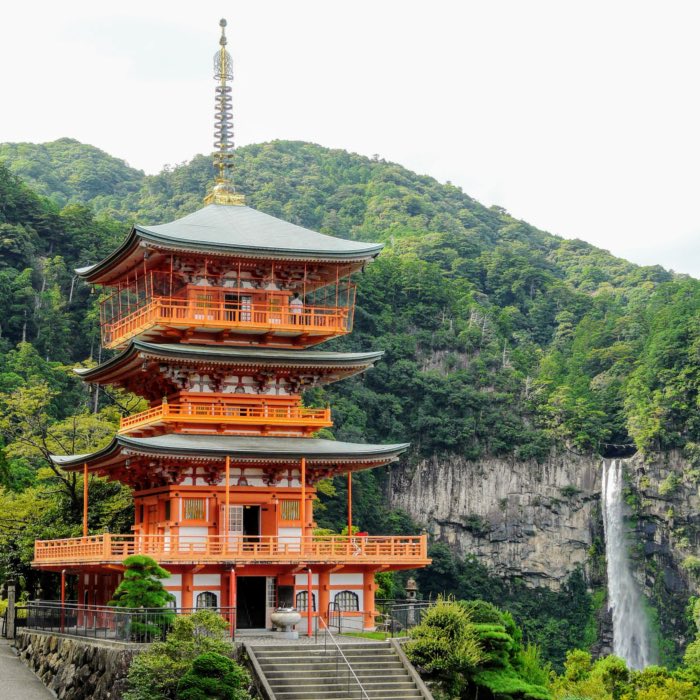
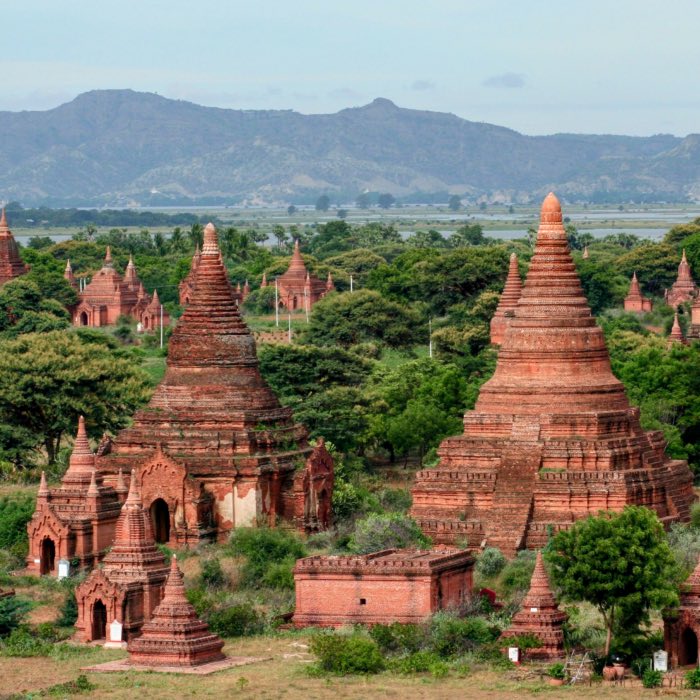

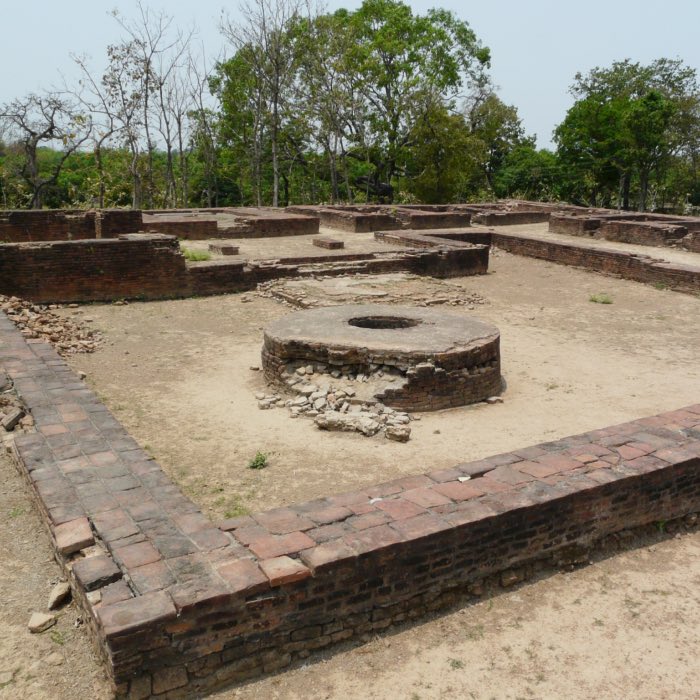





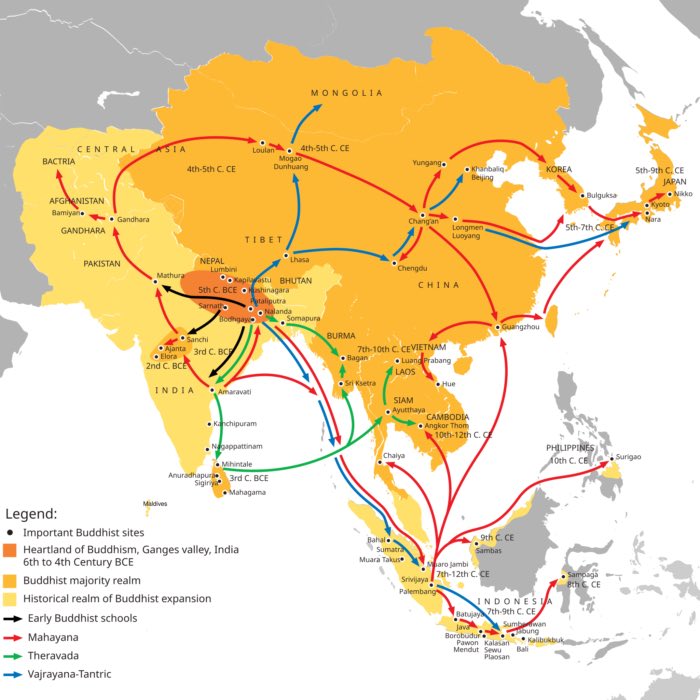
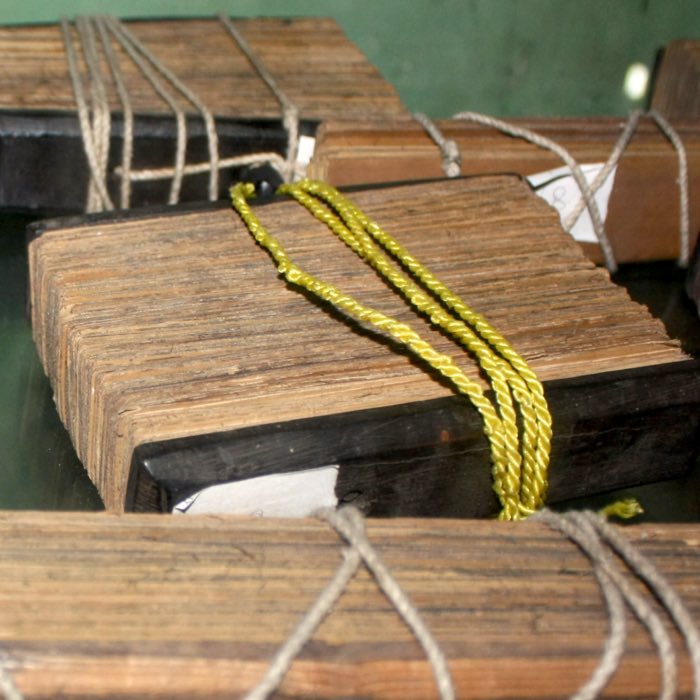
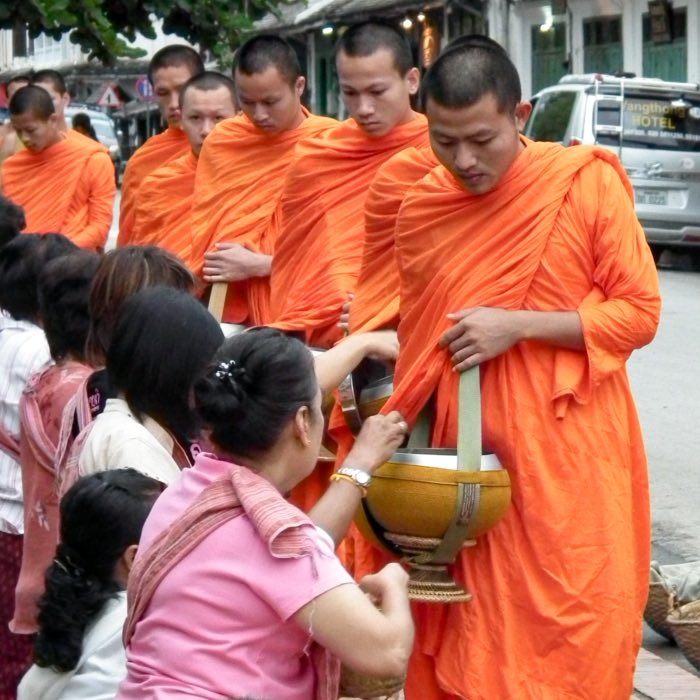
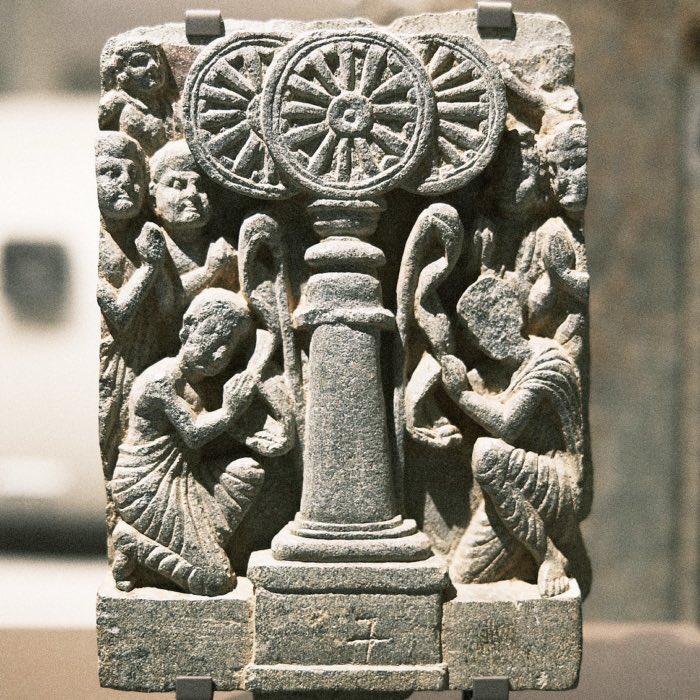
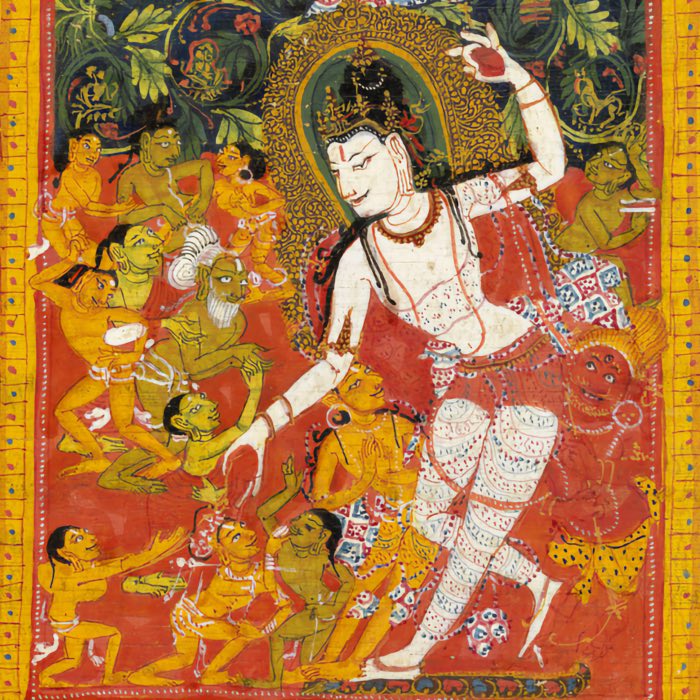

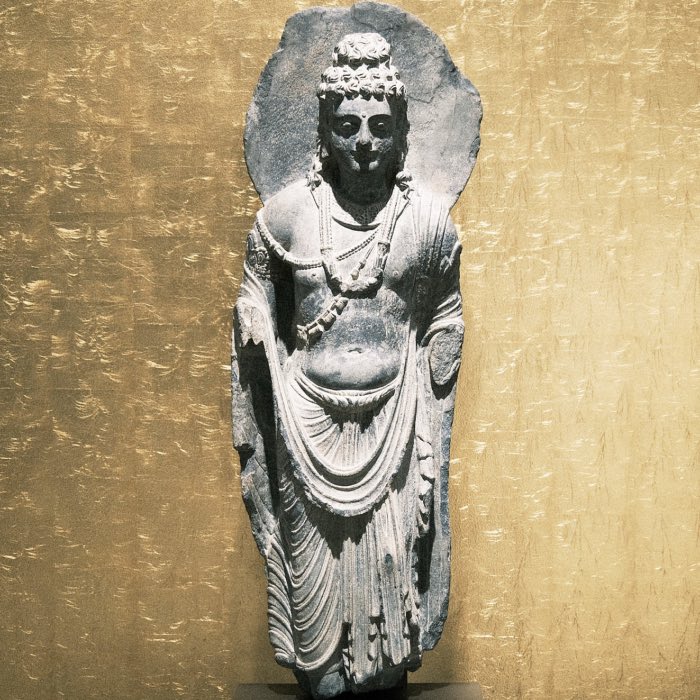



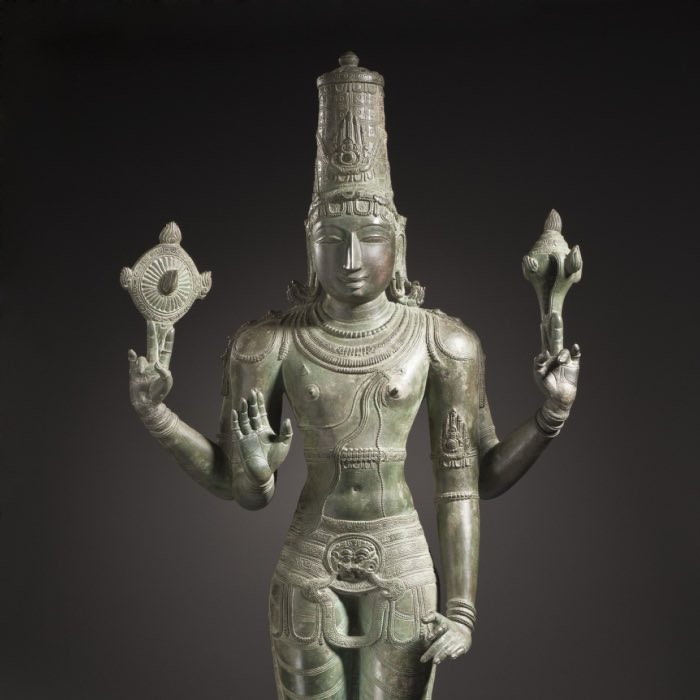
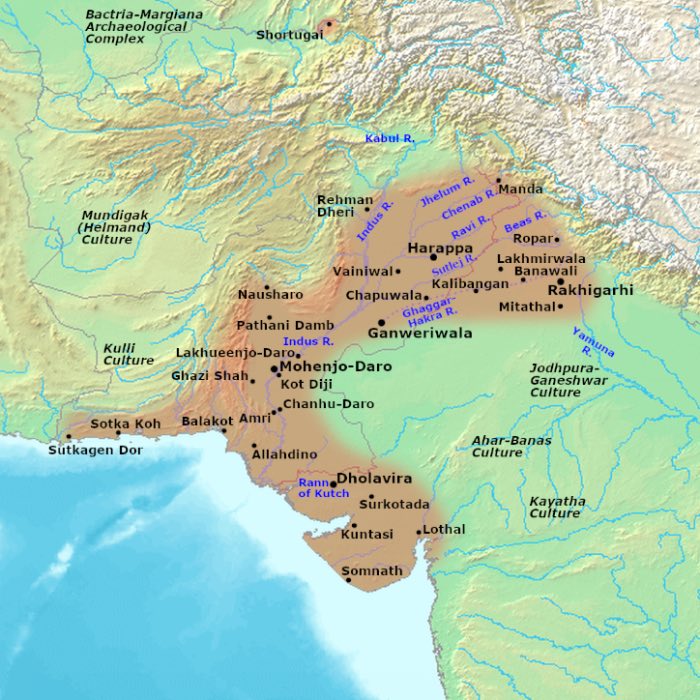
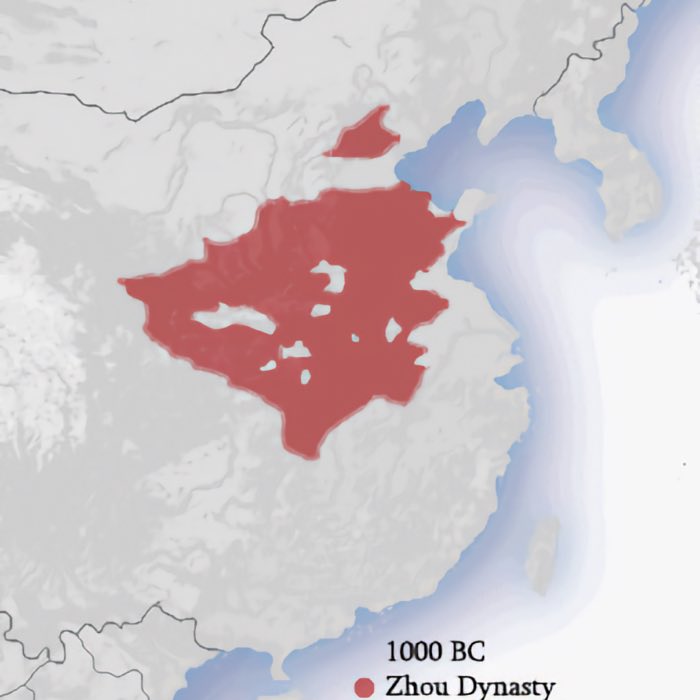
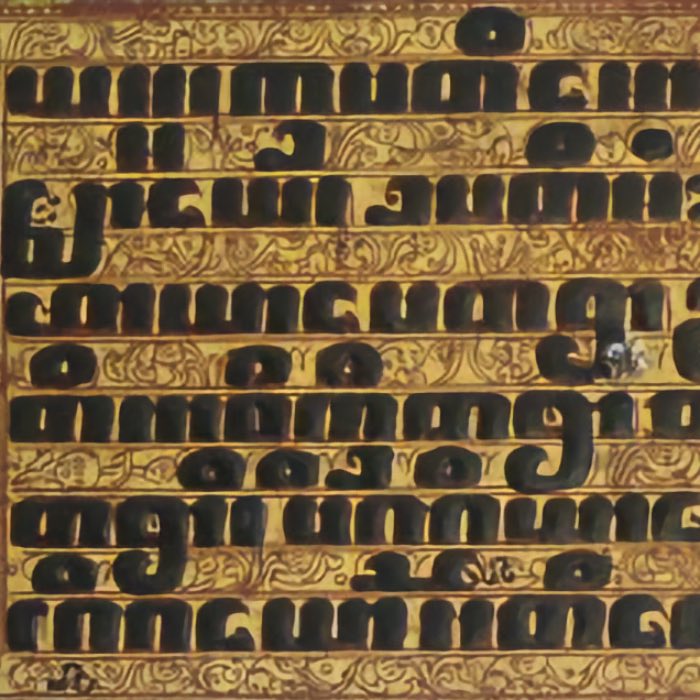



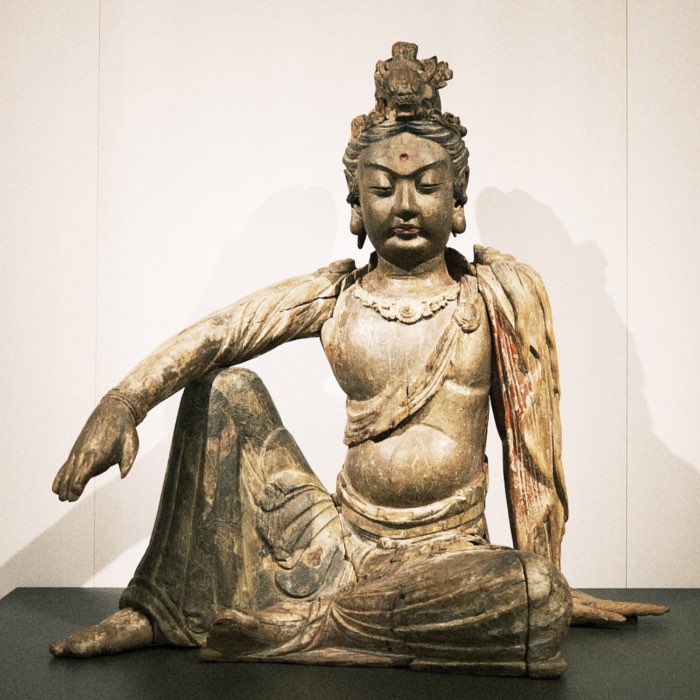
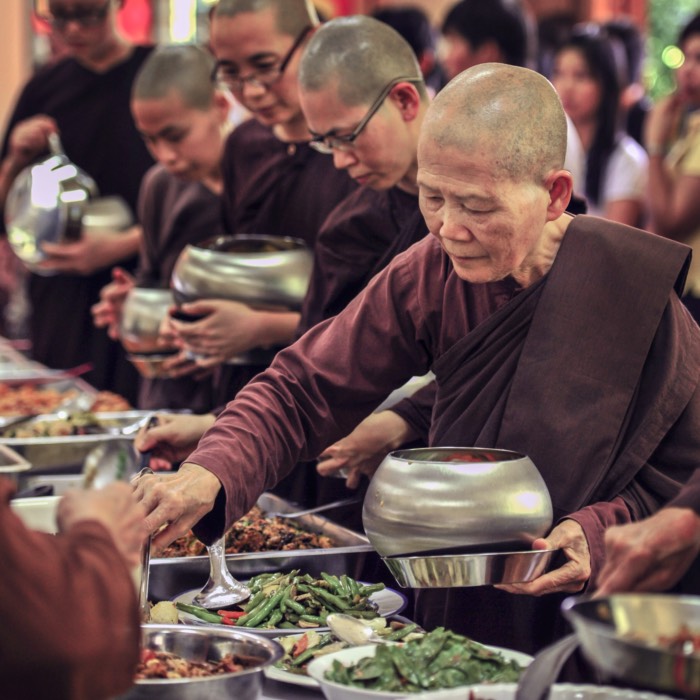
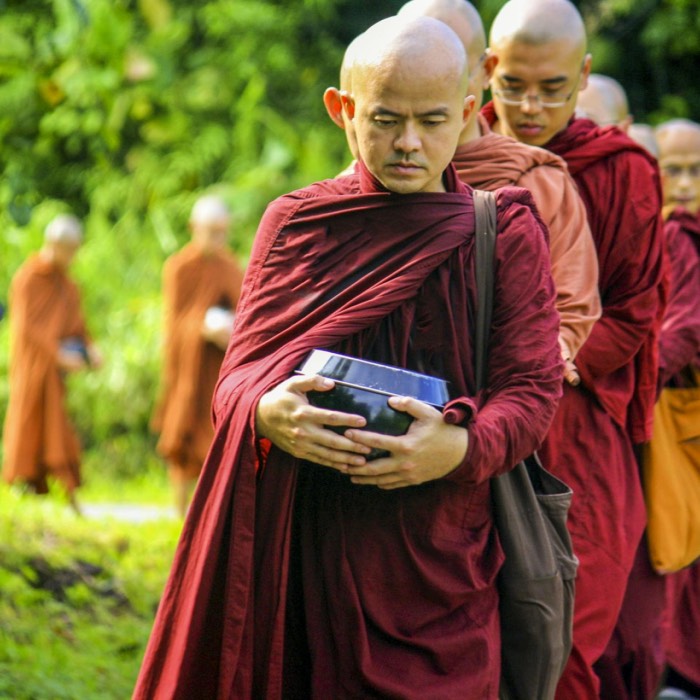
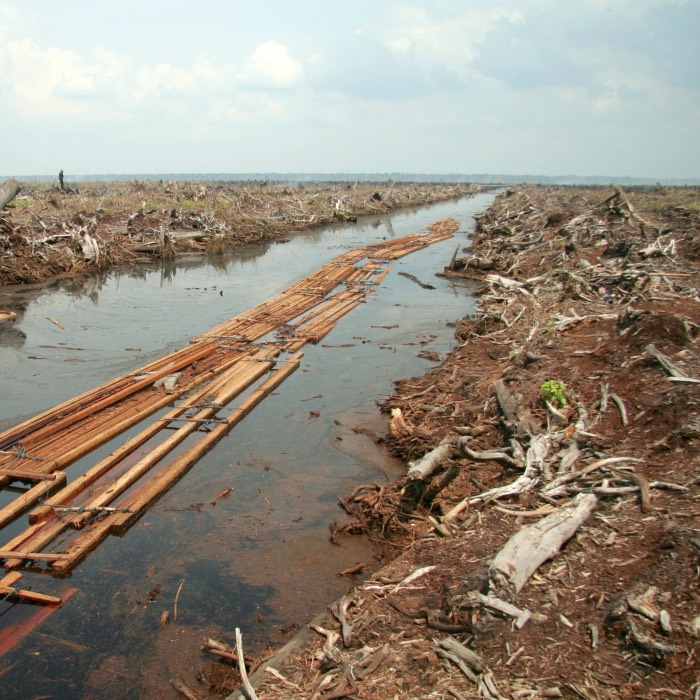



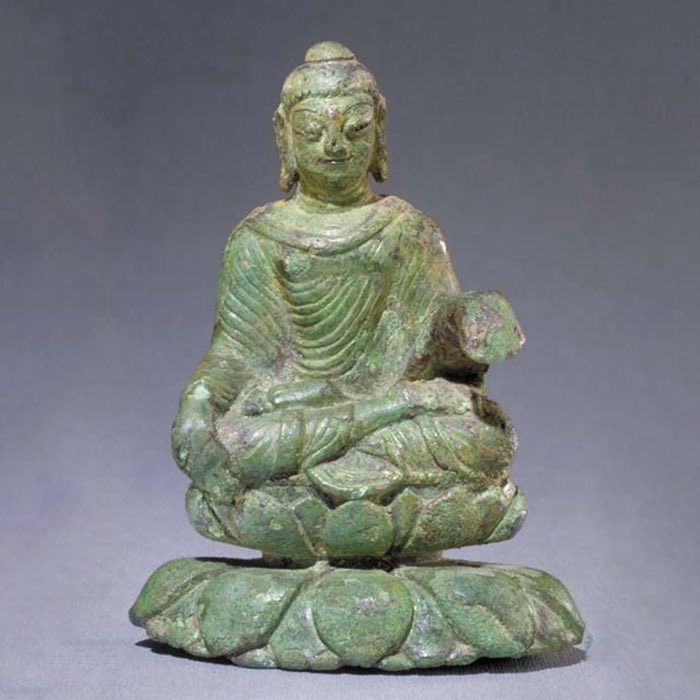

comments